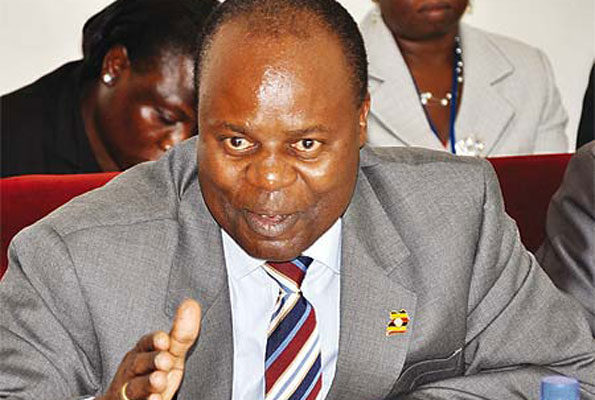African countries that want to develop and transform can not do away with foreign private capital, Bank of Uganda Deputy Governor Dr Louis Kasekende, has said.
Dr Kasekende, an economist, says domestic savings rates in Africa are too low to provide all the resources needed for the region’s substantial investment requirements, while official sources of foreign savings, such as development assistance, are also insufficient to bridge the gap between domestic savings and investment requirements.
“The median external financing requirement for economies in sub-Saharan Africa is currently around 7 percent of their GDP,” Dr. Kasekende said in a brief he presented at the launch of the Barclays Africa Group’s Africa Financial Markets Index at Kampala Serena Hotel, Uganda January 23, 2018.
Further, he said Africa needs foreign companies to invest in modern businesses on the continent, providing business skills and technology, as the domestic business sectors are still too weak to drive private sector led development.
“Without very substantial levels of foreign direct investment it is difficult to envisage how African economies could generate modern businesses on a sufficient scale to bring about the type of structural transformation that is needed if they are to achieve meaningful middle income status and to generate formal sector employment for the rapidly expanding labour force,” Dr. Kasekende said.
Given the importance of attracting foreign capital to Africa, he says it is imperative that Africans have a clear understanding of the factors which influence foreign capital flows to the region and how conducive the economic and institutional environment in African economies is, to attract foreign capital.
According to Kasekende, the transformation of economic performance in Africa over the last two decades has seen many African economies classified as ‘frontier markets’.
“Frontier markets are economies which are able to attract significant inflows of private capital from international markets, for which both market oriented economic policies and well-functioning domestic financial markets are a prerequisite,” he says.
Over the last three years, the economies of Sub-Saharan Africa combined attracted net foreign direct investment averaging almost US$36 billion per annum and net portfolio capital flows averaging almost $15 billion per annum, according to the data in the IMF’s October 2017 World Economic Outlook.
The magnitude of private capital inflows has overtaken that of net official development assistance (aid) receipts as a source of external financial resources to sub-Saharan Africa.
Although rising interest rates in advanced economies are likely to dampen portfolio capital flows to sub-Saharan Africa in 2018, the IMF forecasts that foreign direct investment to the region is forecast to strengthen to around US$46 billion in 2018.







